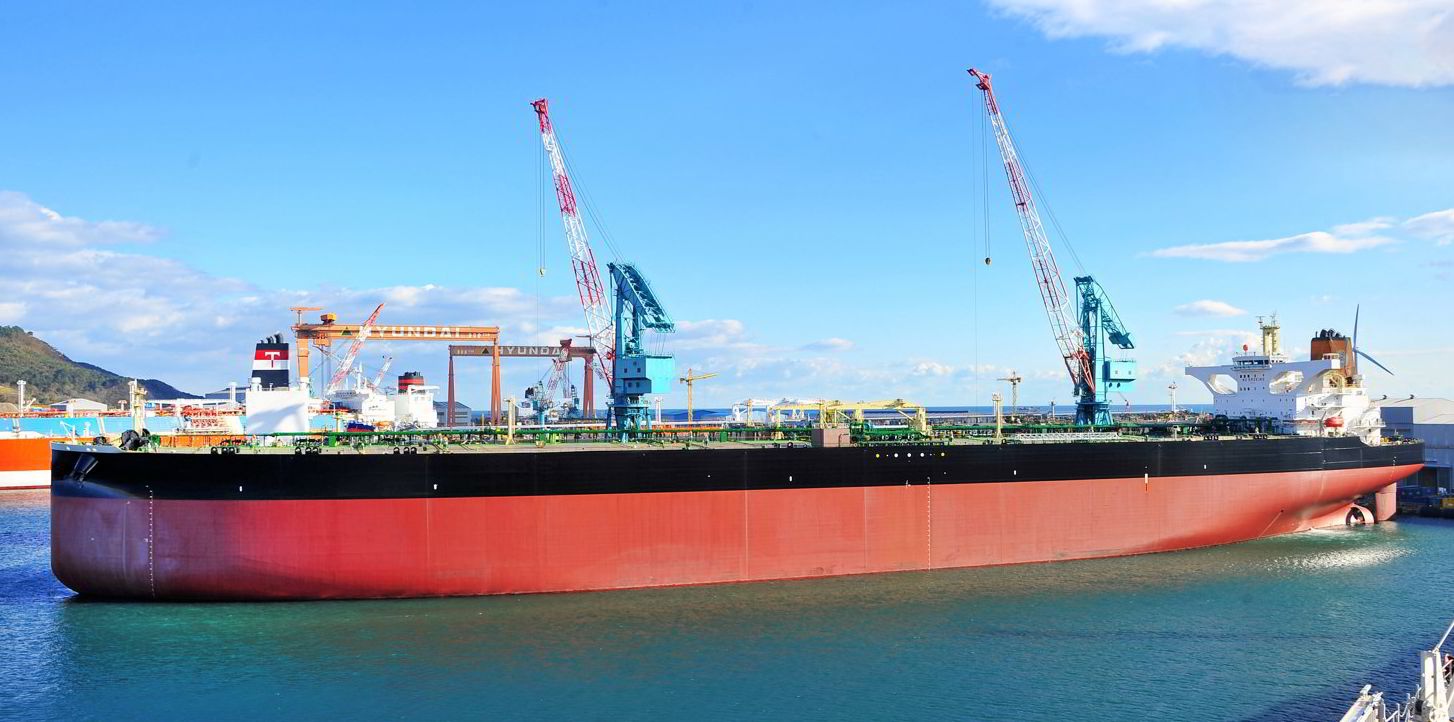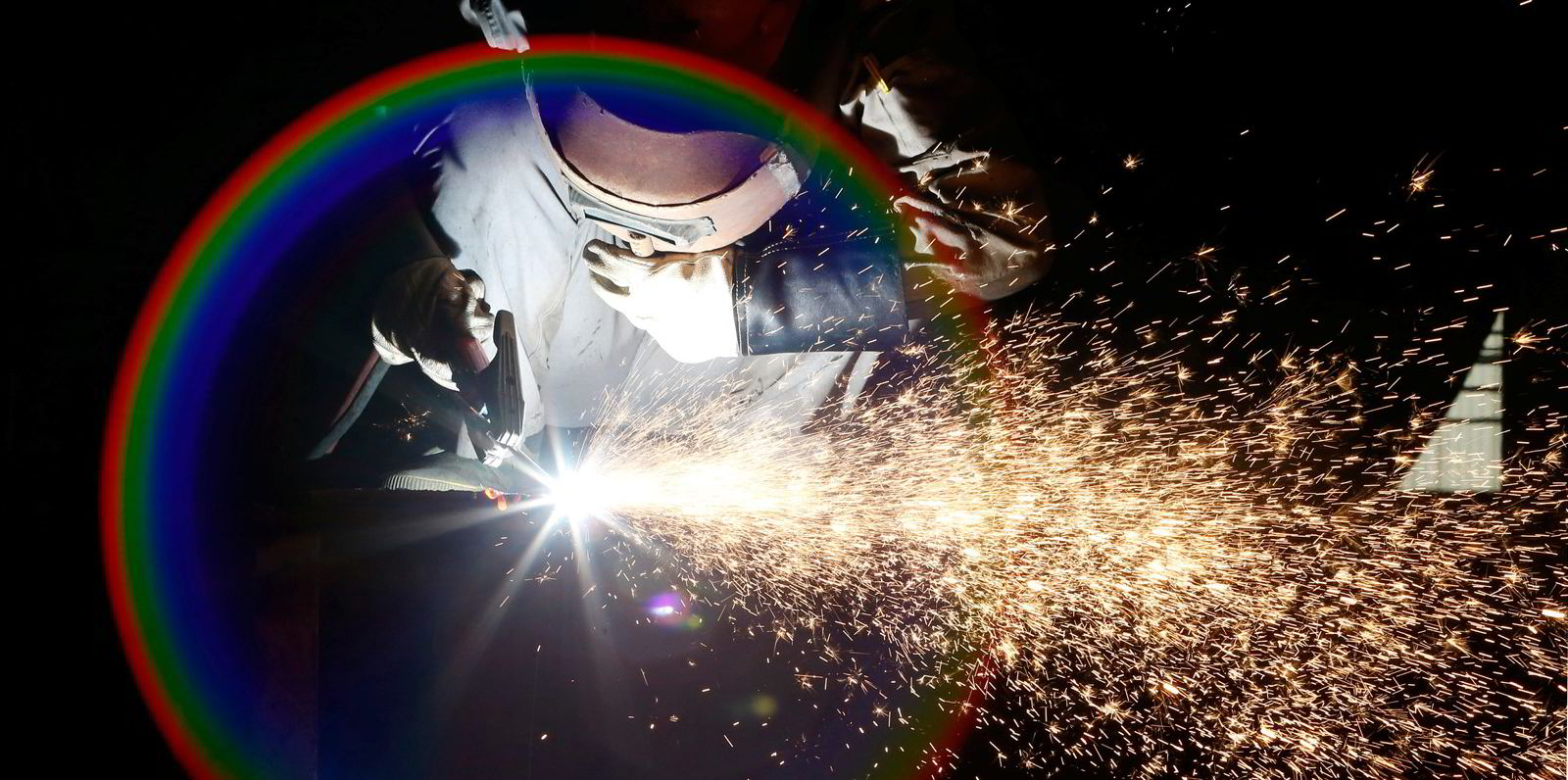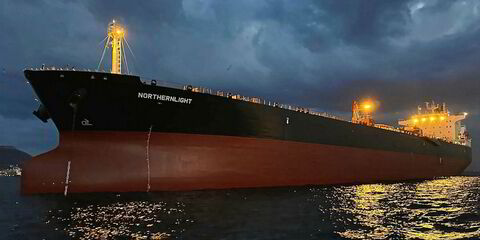Tanker newbuilding orders in the first four months of 2021 have maintained the high pace of ordering seen in the final quarter of last year, said a top shipbroker.
Some 13.9m dwt was contracted between January and April, up from 9.3m dwt in the same period of 2020, according to Simpson Spence Young (SSY). Some 11.1m dwt was ordered in the fourth quarter of 2020.
Over 83% of tankers contracted in this year's first four months, or some 11.6m dwt, were for crude tankers, with VLCCs dominating the order flow with 32 units of 9.6m dwt.
The situation was helped by orders for 10 dual-fuelled VLCCs backed by seven-year charter agreements with Shell, SSY said.
In contrast, just seven suezmaxes of 1.1m dwt and eight aframaxes of 915,000 dwt were contracted in the first four months of this year, mainly by Greek owners.
For product tankers, SSY said 2.3m dwt was contracted, including 22 MRs totalling 1.1m dwt. Meanwhile, seven LR2 orders of 799,000 dwt were placed, while the remaining 420,000 dwt comprised 17 handysize ships, and smaller vessels.
Shell-linked contract
South Korean shipyards secured the bulk of the tanker orders, some 11.6m dwt or 83%, up from the 58% achieved in 2020, according to SSY.
They secured all but one of the VLCCs ordered between January and April 2021 including the 10 Shell-linked contracts that were awarded to Daewoo Shipbuilding & Marine Engineering.
South Korean shipyards also strengthened their foothold in the MR sector, concluding half of the contracts, or 11 of the 22 vessels ordered.
In contrast, Chinese shipyards secured tanker newbuilding orders totalling 1.5m dwt, or just 10% of the total, down from nearly 30% last year.

SSY said the Chinese orders comprised mostly of smaller vessels, such as 13 MR tankers and below, four aframaxes and LR2s, and four suezmaxes.
SSY said the number of vessels due for delivery in 2022 had “grown significantly” as a result of the strong ordering levels.
“By the end of 2020, 153 vessels or 21.4m dwt was scheduled for completion in 2022 and this has increased to 212 ships, or 30.3m dwt at the end of April,” the shipbroker said.
SSY warned that the jump in vessel deliveries next year could “moderate the magnitude of rate gains” currently anticipated due to oil demand growth and a rise in long-haul crude and product tanker trade as global demand-supply imbalances grow.
However, the pace of deliveries towards 2023 and onwards could be evened out by increased orders for other vessel types, in particular containerships and bulkers.
Tanker-focused shipbuilders such as DSME, Hyundai Heavy Industries Holdings and Samsung Heavy Industries, which collectively make up more than half of the tanker orderbook in deadweight terms, are also currently committed to a combined 29.2m dwt of orders for containerships and gas carriers.
SSY said tanker ordering could also start to slow as newbuilding prices have steadily risen since late 2020.
“The cost of building a VLCC at a South Korean shipyard is now pegged at about $93m, up from $87m in the fourth quarter of 2020, which was then the lowest since the first quarter of 2018,” the shipbroker added.





